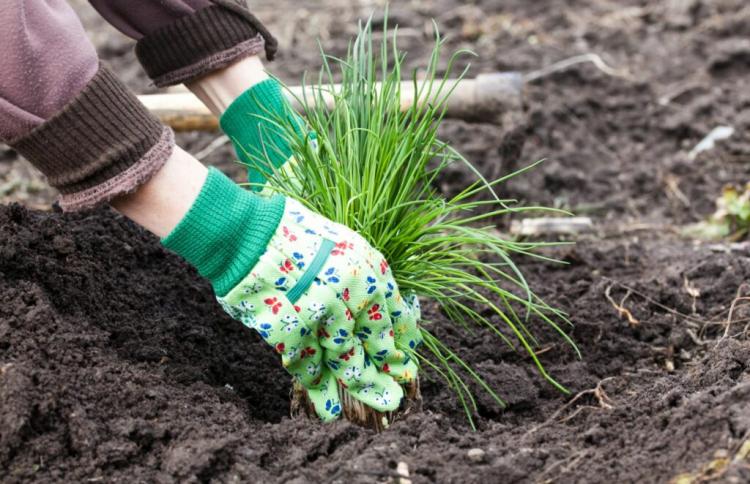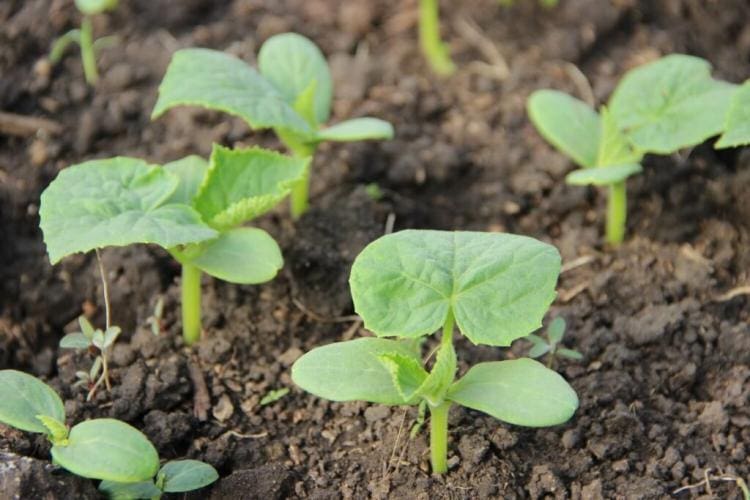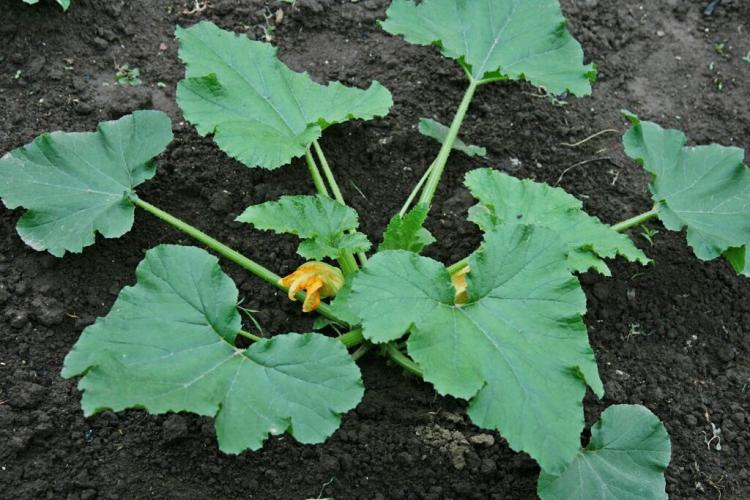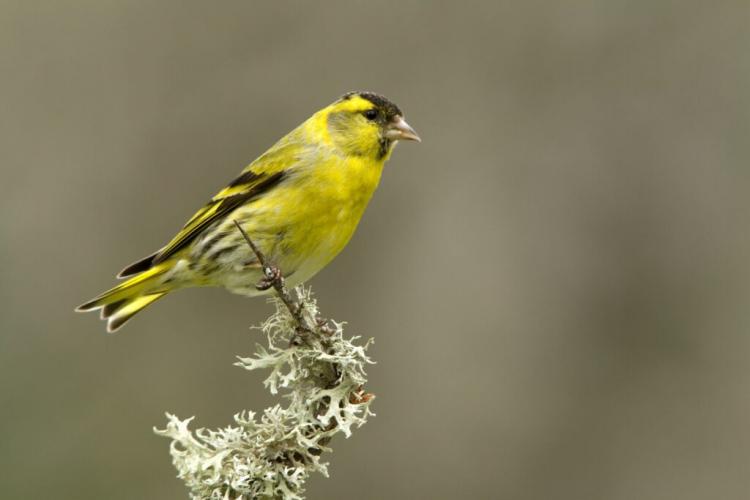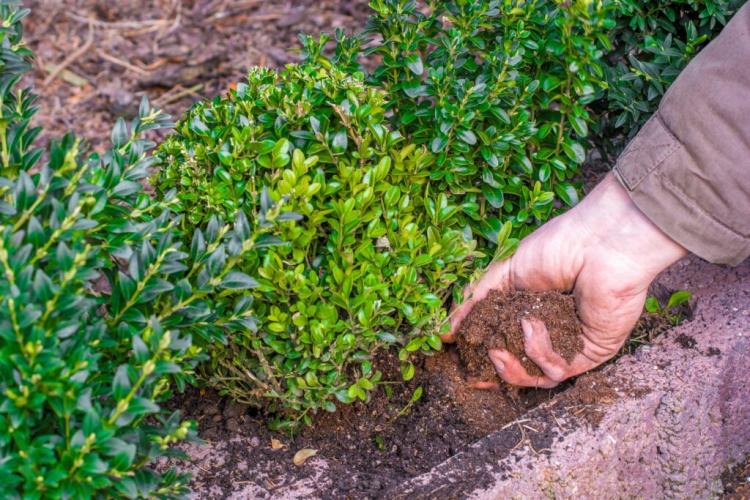Pitcher Plant: All You Need To Know Carnivorous Plant
The carnivorous pitcher plants from the tropics fascinate us above all with their unusual diet. We give tips on keeping things in the home.
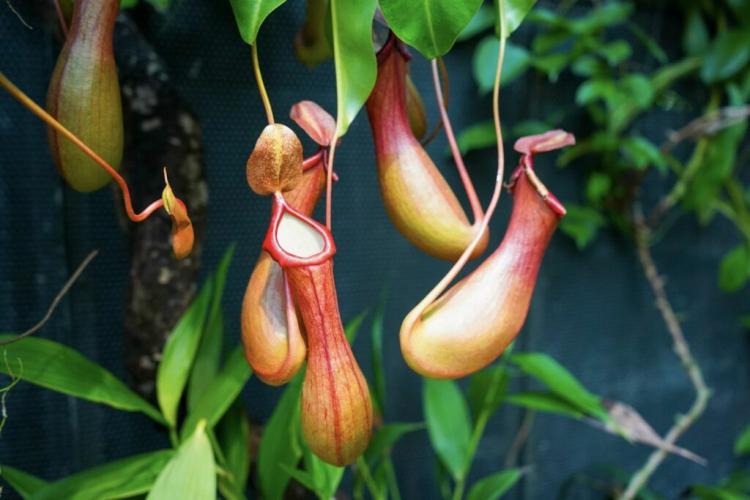
The eye-catching pitchers of the Nepenthes belong to the leaf, which is divided into three parts [Photo: Chantath K / Shutterstock.com]
The pitcher plant ( Nepenthes ) absorbs nutrients from the soil, but also from insects that end up in their traps. For this reason, too, it is becoming increasingly popular as a houseplant. Would you like to keep a carnivorous pitcher plant in your home? We give you some pointers on how the Nepenthes can also thrive in the room.
Pitcher plant: flowering, origin and characteristics
Table of Contents
The pitcher plant ( Nepenthes ) is the only genus in the pitcher plant family (Nepenthaceae). To date, over 100 different species are known, some of which grow semi-shrubby and others look like lianas that can cling to other plants with tendrils. In addition, new species are still being discovered and hybrids are being bred, which usually include our more robust houseplants.
Pitcher plants are native to Southeast Asia, but some species are also native to India, Australia and Madagascar. The Nepenthes occurs mainly in the always humid tropics and can grow at different altitudes. Depending on the occurrence, a distinction is made between highland and lowland species, which have different temperature preferences.
The leaves of the Nepenthes consist of three components: the leaf-shaped part, a tendril emerging from it, with which the plant can also get hold of itself, and the pitcher trap at the end of the tendril. You never actually get to see the cluster-shaped flowers on our indoor plants.
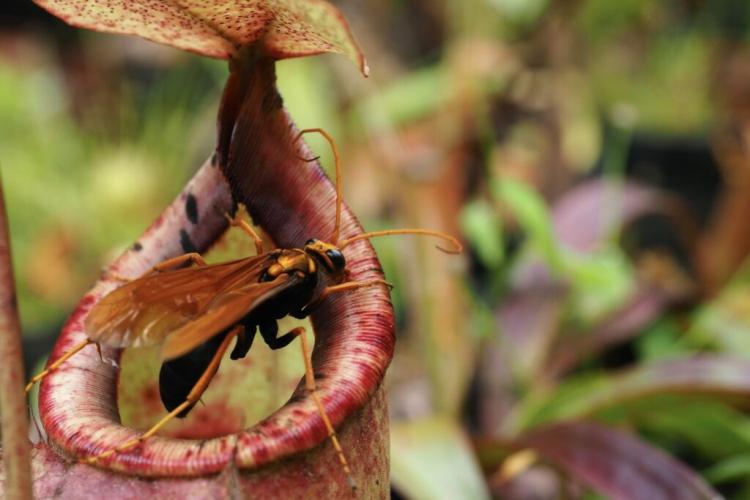
The scent and look of the pitchers attracts prey [Photo: JTKP / Shutterstock.com]
The Nepenthes is one of the carnivores, i.e. carnivorous plants. Their pitchers are passive pit traps that attract their prey by scent or color. There is nectar on the edge of the pitchers. If the prey now settles on the edge of the can, it can easily fall into the can and no longer climb out on the smooth walls. At the bottom there is a strongly acidic liquid with a pH of 3, in which the prey is decomposed and digested. The jug dies after about three months. The lid of the jug is immovable and serves to protect against rainwater, which could otherwise wash the prey out of the jug or dilute the digestive juice too much.
The most beautiful Nepenthes species
There are many different types of pitcher plants, some of which we present to you here. Most of the plants available on the market are, however, robust Nepenthes hybrids, i.e. plants that emerged from different species by crossing them.
Pitcher plants from the warmer lowlands
These species prefer constant, warm temperatures between 20 and 35 ° C.
- Nepenthes ampullaria : This popular pitcher plant has quite small, rounded pitchers. Unlike most of their relatives, Nepenthes ampullaria uses not only insects but also other organic material such as bird droppings to absorb nutrients.
- Nepenthes mirabilis : This species has elongated pitchers and is widely distributed. The color of the pitchers can range from green to yellow to red. As a lowland nepenthes, she prefers constant, warm temperatures.
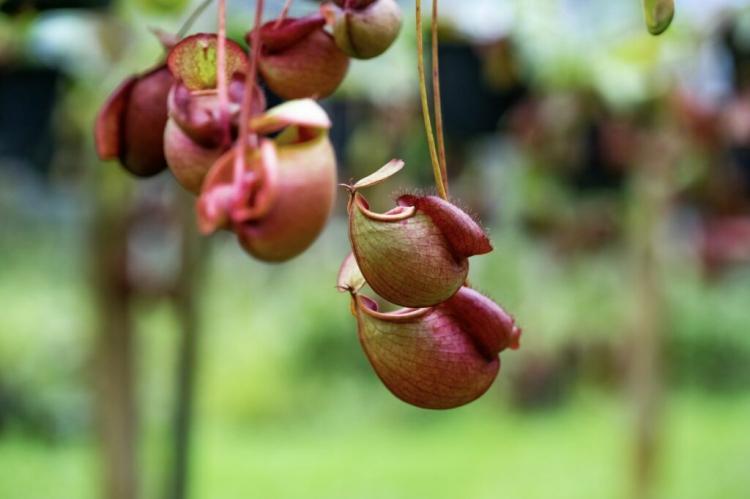
Nepenthes ampullaria with round jugs [Photo: Sopha Changaroon / Shutterstock.com]
Pitcher plants from the colder highlands
These species are used to temperature fluctuations. In nature it is usually warm during the day at around 25 ° C. At night the temperature drops to 15 to 10 ° C. The humidity of up to 90% for the highland species usually has to be particularly high.
- Nepenthes macfarlanei : This Nepenthes also impresses with its pitcher color. The yellow-green pitchers are bulbous in shape and mostly speckled with red. The highland species is native to Malaysia and can handle temperature fluctuations well.
- Nepenthes aristolochioides : This pitcher plant is endemic to Sumatra and also a highland Nepenthes. The unusual jug shape with the side opening makes this type particularly popular. It was therefore collected on a large scale and is now considered endangered in its homeland.
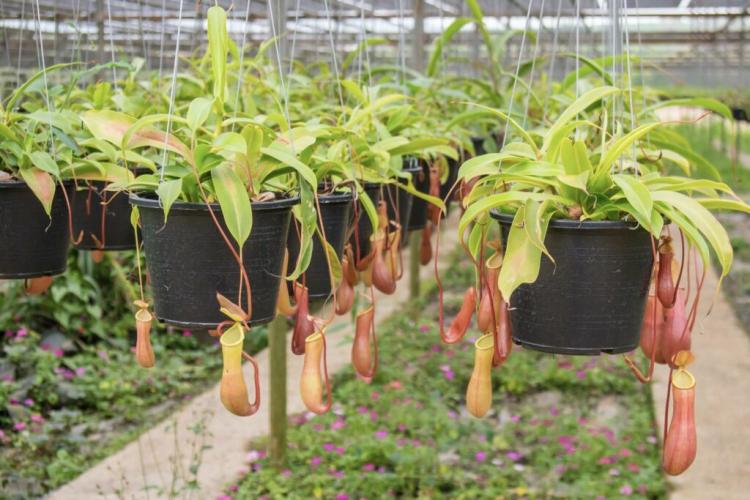
Pitcher plants can also be kept well in hanging baskets [Photo: Ging o_o / Shutterstock.com]
Planting Nepenthes: location, soil and Co.
Pitcher plants are somewhat peculiar in their attitude, which is why some site conditions need to be observed. But if the Nepenthes are cared for properly, they can develop magnificent pitchers, which are also helpful in combating flies.
The pitcher plant hybrids that can be purchased from us are usually quite robust and were bred from species of medium altitude. A constant temperature between 20 and 30 ° C is often recommended here. The location of the pitcher plant should be light. In their homeland, too, the Nepenthes usually grow in sparse forests. However, you should avoid locations that are permanently in full sun, as the pitchers could be damaged by too much light.
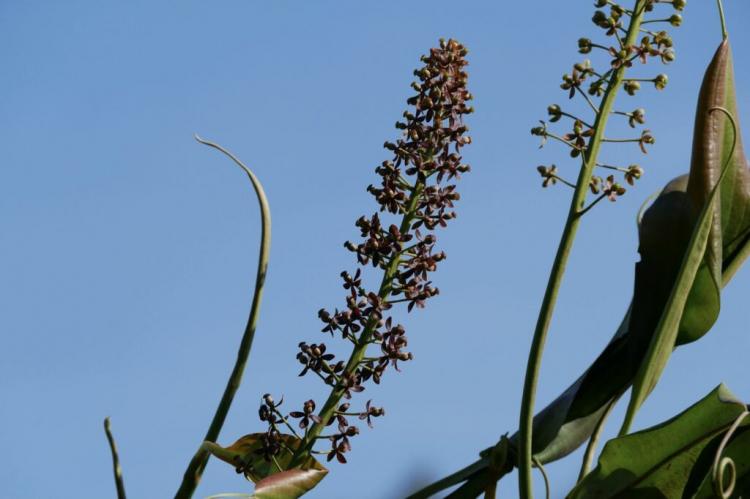
The pitcher plants never actually form flowers when kept indoors [Photo: Joko P / Shutterstock.com]
The high humidity, which should be up to 90% depending on the species, is also of particular importance. Here, too, the indoor pitcher plants are a little more modest and satisfied with a humidity of around 60%. The substrate of the Nepenthes must be permeable and poor in nutrients. To loosen up the soil, for example, a little expanded clay can be mixed in. In addition, the substrate should be slightly acidic. For this reason, carnivore soil often has a high proportion of peat. In order to avoid the use of peat, there are approaches to produce a substrate from pine bark, perlite and quartz sand. Here, too, an acidic pH value, good ventilation and minerals are ensured.
Keeping pitcher plants in a greenhouse or terrarium offers ideal conditions. It is much easier there to keep temperatures and humidity in the high range. However, only small, compact species should be kept in the terrarium, otherwise it can quickly become too narrow. In addition, the terrarium should be in a bright, but not directly sunny place or artificial light sources must be used.
Summary: Plant pitcher plants
- Location: bright, without direct sun, 20 – 30 ° C and high humidity
- Substrate: low in nutrients, permeable and acidic
- Optimal conditions can be created more easily in a room greenhouse
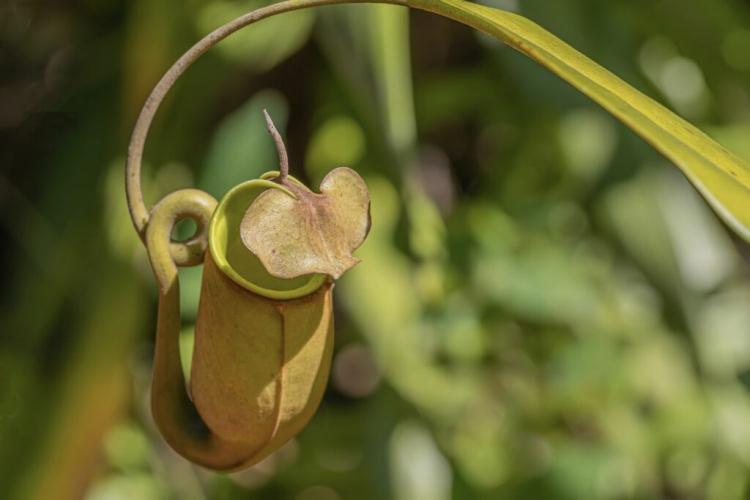
The jug lid is used in nature to protect against rainwater [Photo: Teerayuth Mitrsermsarp / Shutterstock.com]
Pitcher plant care: the most important tips
Probably the biggest challenge in caring for pitcher plants is the high humidity. The Nepenthes should be sprayed regularly with rainwater, in summer even several times a day. For example, an automatic water sprayer can be used for this.
Do you have to feed pitcher plants?
The Nepenthes do not have to be fed as they get all the nutrients they need from their substrate. However, there is nothing wrong with adding an insect to the jug every now and then. In this case, however, care should be taken to feed only one insect at a time so that the plant does not have to digest too much at once. In addition, to start the digestive process, the insect should be alive.
Water and fertilize
It is best to use rainwater or distilled water for watering. Boiled tap water can also be used in an emergency. The irrigation water is then not poured directly into the substrate, but into the saucer. The plant gets the necessary water itself and the humidity is also increased. The substrate should always be moist, but drying out and waterlogging should be avoided.
The pitcher plant does not have to be fertilized. It has a rather low nutritional requirement, which it covers from its substrate. When it needs more nutrients, it uses its traps and primarily digests insects. If the Nepenthes have no access to insects in the apartment, a little liquid fertilizer can be added to the substrate two to three times per growth period. For example, our Plantura organic citrus & mediteranean fertilizer is suitable, which provides the Nepenthes with iron and magnesium, among other things, which they otherwise mainly ingest from their prey.
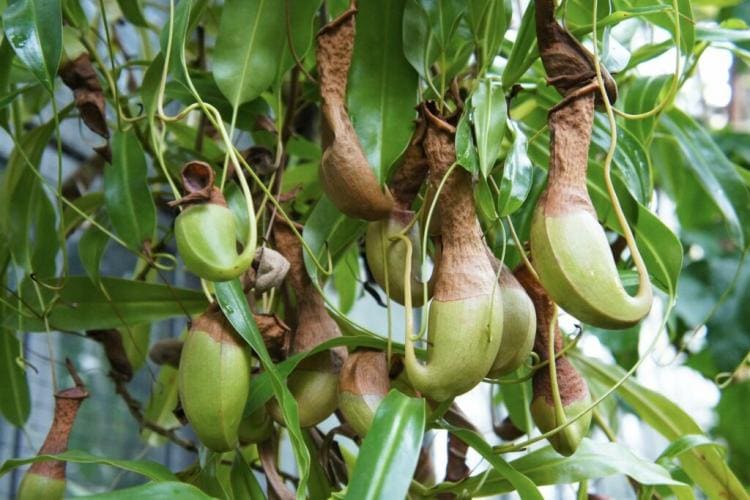
It is quite normal for the jugs to turn brown and dry out at some point [Photo: mizy / Shutterstock.com]
Overwinter Nepenthes
There is no cold winter in the home of the pitcher plant, which is why it is actually very easy to overwinter the Nepenthes in the apartment. It is best to simply stand in a warm room in a bright place. Because of the dry heating air, it is important to ensure a consistently high level of humidity. For this purpose, the plant can, for example, be placed on a coaster filled with expanded clay, which is then watered regularly. Too little light and moisture can easily dry up the pitchers in winter and stagnate growth, but the plant usually recovers in spring.
Cut the pitcher plant
The Nepenthes doesn’t actually need a cut. However, if a cut is made, it will sprout again under good conditions. Brown, dried up and dead parts of the plant can also be removed so that the plant no longer has to invest energy in it.
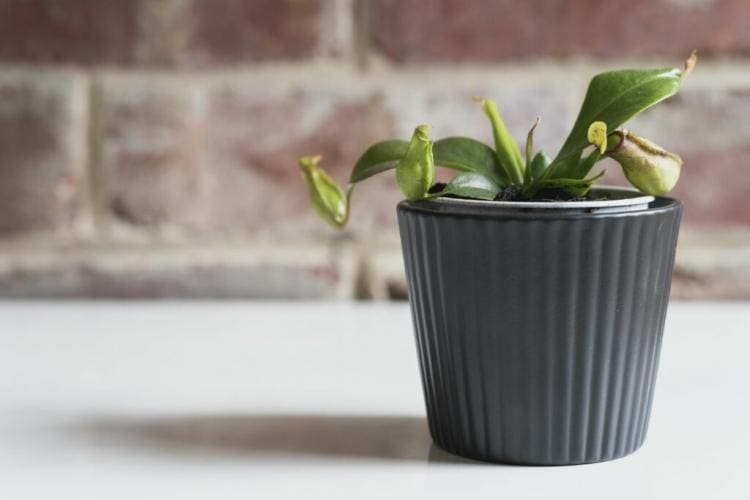
As soon as the pot is fully rooted, the pitcher plant should be repotted [Photo: Wade Machin / Shutterstock.com]
Repot the pitcher plant
Each Nepenthes species grows at a different rate. Slow-growing species should be repotted every two to three years, and fast-growing species should be repotted every year. Even if the pot is completely rooted, you should repot the pitcher plant. This is best done at the beginning of the growing season in spring.
Dried up pitchers: what can you do?
It is quite normal for the Nepenthes’ pitchers to dry up. They last about a year under good conditions and are then discarded. However, dry pitchers can also be the result of too dry air or too little light. The best thing to do is to move the plant to a lighter spot and put a glass over it to increase the humidity. Pitchers or leaves that are already dry can be cut off so that the plant invests its energy in the growth of new leaves.
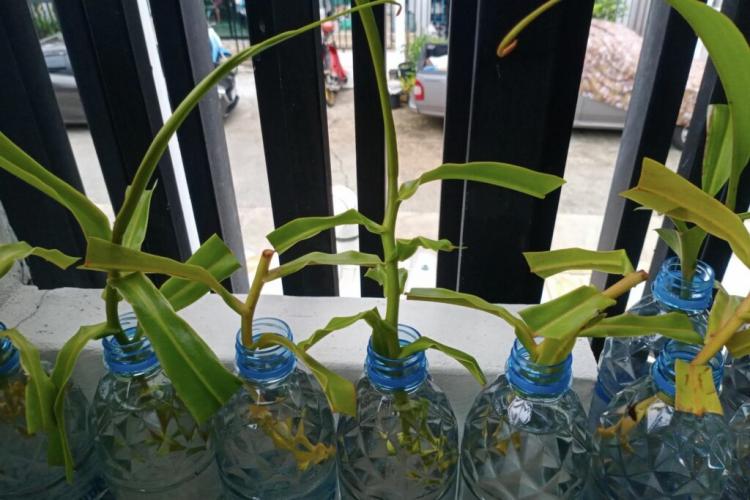
Cuttings are best placed in sphagnum moss instead of in water [Photo: Peerapat Kulwong / Shutterstock.com]
Propagate pitcher plant
The pitcher plant is propagated using cuttings. To do this, cut off a 10 to 15 cm long shoot from the central trunk. The cut is made between two leaves, the plant is, so to speak, “decapitated”. In order to reduce the transpiration area, i.e. to curb water loss, all leaves, except for the top two, should be cut in half. The cutting is then planted in sphagnum moss or nutrient-poor and acidic substrate that must always be kept moist. A plastic bag over the pot will increase the humidity. Take the bag off regularly to prevent mold from forming. After a few weeks, roots and new shoots should have formed and the cutting can be repotted. It is best to only propagate well-growing pitcher plants during the growing season so that the mother plant can sprout again.
Since the pitcher plant never actually flowers in indoor cultivation, it can only be propagated via seeds with purchased seeds. The Nepenthes seeds should be fresh, as the germination capacity decreases quickly.
Are you fascinated by the carnivorous diet of the Nepenthes ? We introduce you to a few other carnivorous houseplants.

